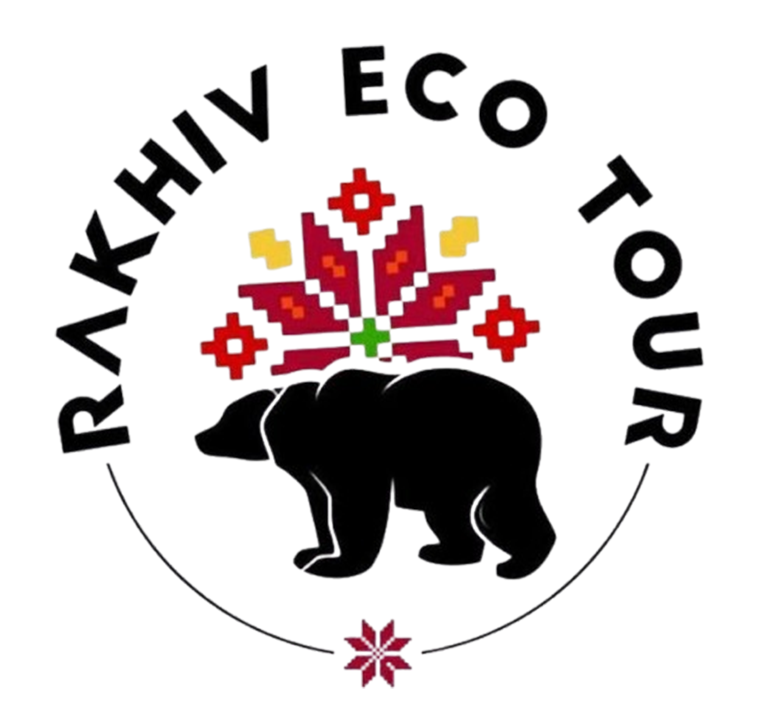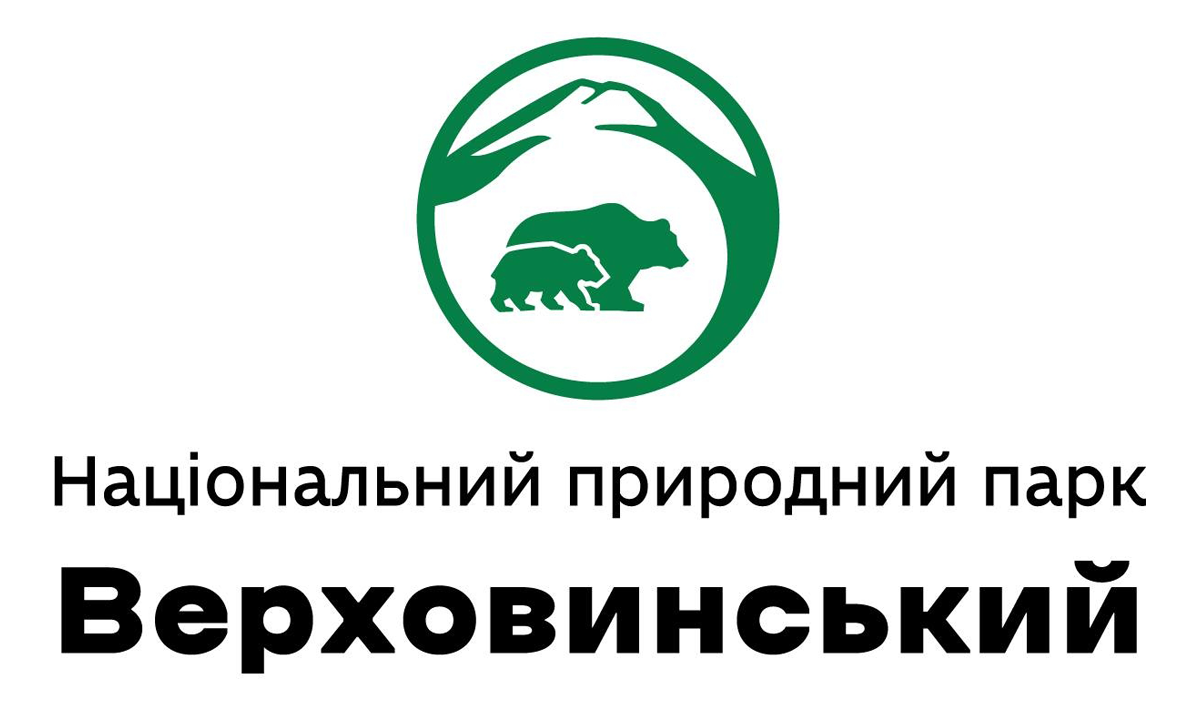Activities Results
A1.1 – Assessing forest habitat change due to succession in Romania
Activity and Report Summary
Activity A1.1 focuses on identifying and mapping forest habitats that have emerged through natural succession and the abandonment of traditional practices (mowing, grazing) in Maramureș, outside the national forest fund. These new habitats, estimated at around 10,000 ha, are currently neither officially recognized nor managed, although they play an important role for species conservation (including large carnivores and their prey) and for meeting national and EU afforestation targets. Within this activity, WWF-Romania – Filiala Maramureș Association conducts field-based identification, develops a GIS database, and co-designs management measures and legislative proposals, including harmonized solutions at the Romanian – Ukrainian cross-border level.
The report “Evaluating the Contribution of Unmanaged Forests to Forest Connectivity Indicators Using Spatial Analysis and GIS Data” (Prof. Mihai Daniel Niță) assesses the contribution of these unmanaged forests to landscape connectivity in Maramureș County. By comparing two scenarios – only officially managed forests vs. all forests (including successional ones) – the study shows that unmanaged forests increase forest area by over 50%, reduce fragmentation by 21 percentage points, more than double the equivalent connected area, and significantly expand the share of “core” interior forests. In conclusion, these “invisible” forests play a critical role in ecological cohesion and should be integrated into forest planning and policy at local, national, and cross-border levels.
Apoi, sub text – document (l-am atasat) download-abil, cu numele Evaluating the Contribution of Unmanaged Forests to Forest Connectivity Indicators Using Spatial Analysis and GIS Data






